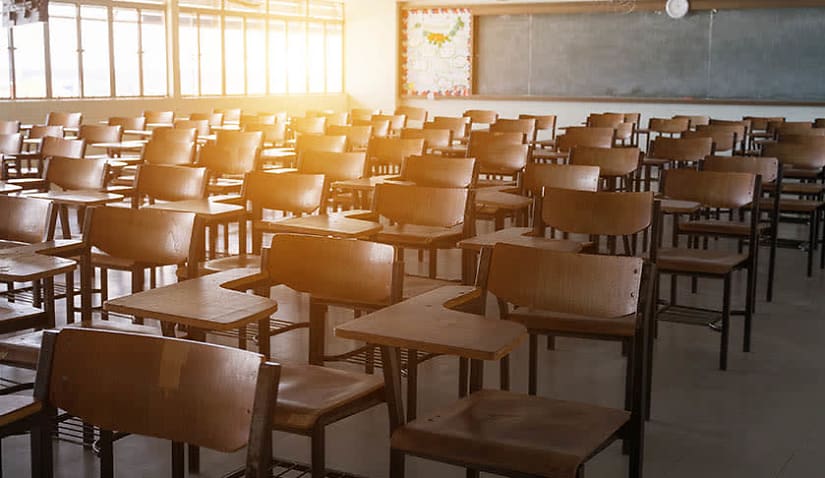An inquiry examining historic child sexual abuse within Victorian schools has heard of a number of failings committed by the criminal justice system of the time, including a gendered approach to the law and an inquest that suggested moving teachers to other schools.

Speaking to the board of inquiry into historic child sexual abuse in Beaumaris Primary School and other government schools, Professor Leah Bromfield from the University of South Australia’s justice and society department said there were five common themes that allowed the abuse to continue – including the criminal justice system.
Instead, what the state did have was the crime of homosexuality – known at the time to be “infamous crime of buggery” – which made it difficult for boys “if they had an understanding of sex at all, if they were a victim of a male perpetrator, and (if they knew) what had been done was considered abhorrent” under that law.
Professor Bromfield added children were also treated as unreliable witnesses by a court, with judges advising juries to be wary of evidence given by a child. Some were even believed to “have imagined or fantasised their sexual abuse”.
“The cards were stacked against children at every step of the way.
“The criminal justice system was unfairly weighted to advantage perpetrators over witnesses,” Professor Bromfield said.
Dr Katie Wright, an associate professor of sociology at La Trobe University, told the board of inquiry that she came across a royal commission document from 1882 that had examined the administration and organisation of education in Victoria.
One of the areas of interest was the way in which children were managed and disciplined. This part covered “what happens when teachers are suspected of misconduct in relation to their behaviour with students”, Dr Wright explained to the inquiry.
“The solution to the problem as it was identified was to transfer teachers to other schools. There appears to be more concerns for reputation of the teacher than the welfare and safety of the student.
“There were concerns that this may be detrimental to the welfare of students, but it was not a focus of the report,” Dr Wright said.
Chair Kathleen Foley said on Monday (23 October) that the inquiry would consider child sexual abuse between 1960 and 1999 and will make recommendations or findings about current support services, the impacts of the crime on victims, and potential policy changes.
Timothy Courtney, a victim of a man given the pseudonym “Wayne”, told the inquiry the abuse he experienced as a child “profoundly changed who I am and changed the trajectory of my life”.
“We were all on our own trajectory and our own experiences, and it is quite unique. I said at the outset of this inquiry, I’d encourage anyone to come forward and contribute to this inquiry and benefit from the contributions they could make personally.
“Silence is the enemy of the survivor, and I understand why there are people that would remain silent and deal with the impact of the abuse themselves, but I would encourage people to come forward and make a start with talking about this,” Mr Courtney said.
Those wishing to speak to the board of inquiry can do so here.
Help is available via Lifeline on 13 11 14 and Beyond Blue at 1300 22 4636. Each law society and bar association also has resources available on their respective websites.

Naomi Neilson is a senior journalist with a focus on court reporting for Lawyers Weekly.
You can email Naomi at: